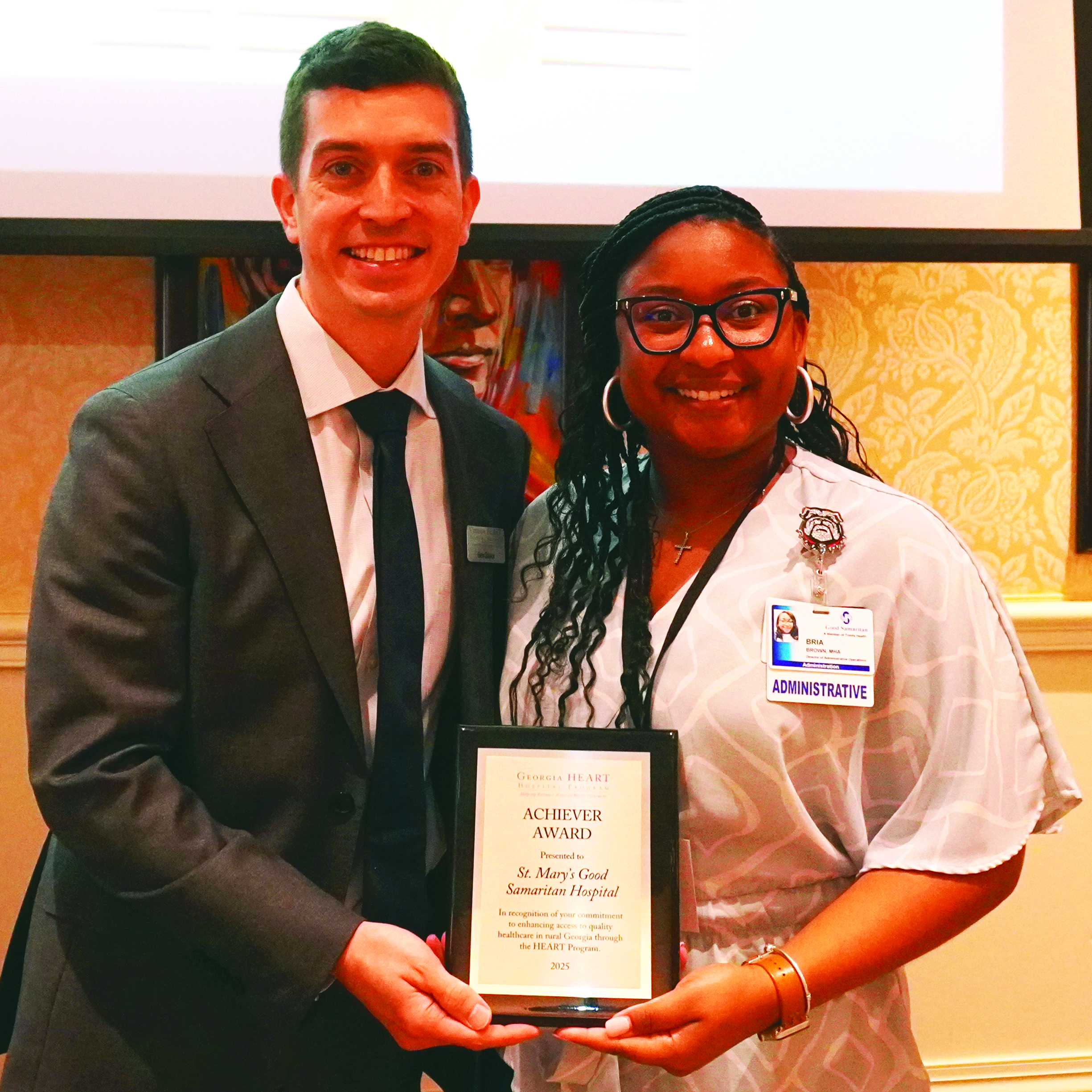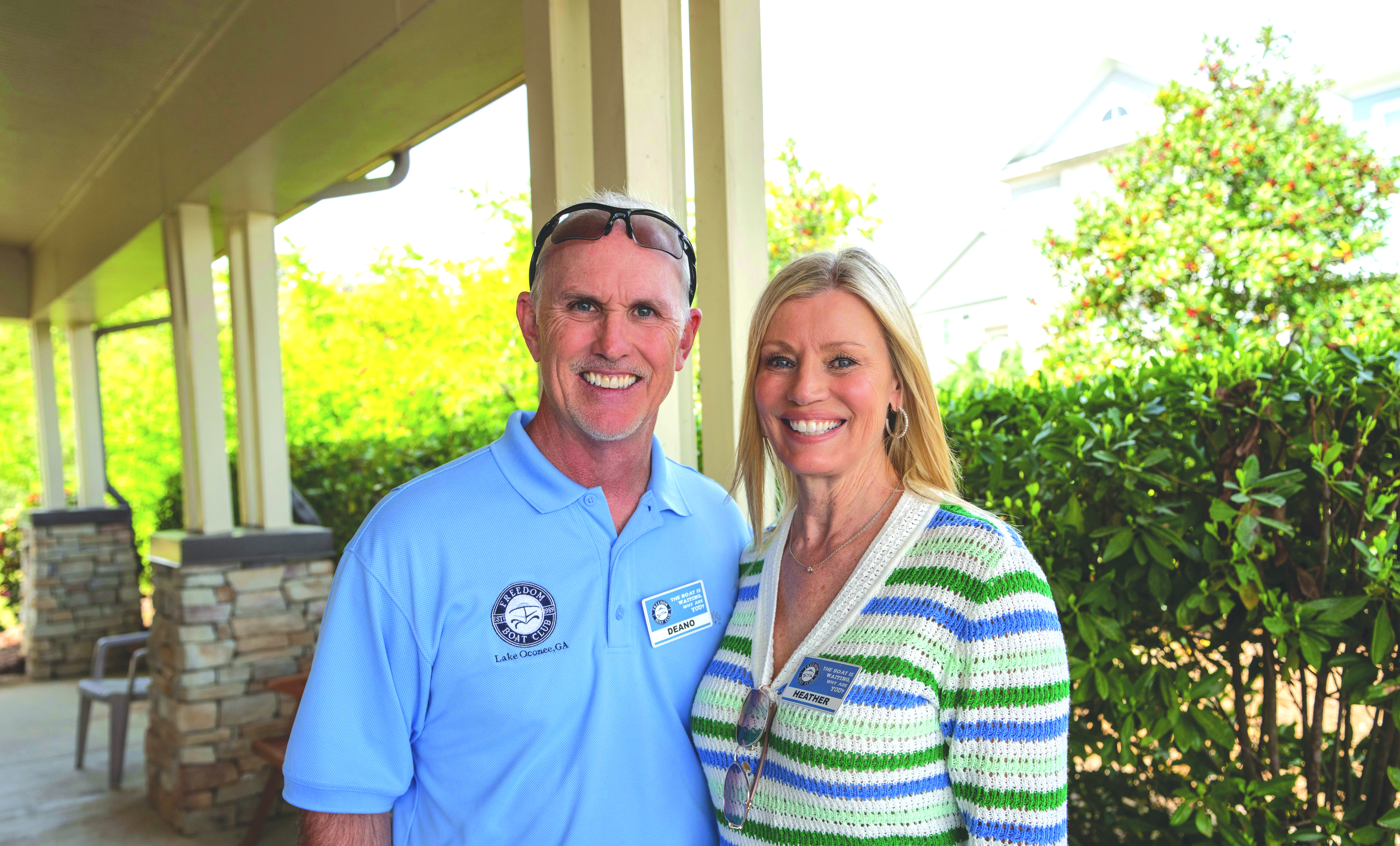Severe strain of childhood virus emerges
Published 3:11 pm Monday, July 14, 2014

- Tests in six major U.S. cities have revealed which everyday surfaces are among the most germ-ridden, according to Kimberly Clark Professional.
Hand, foot and mouth disease, or HFMD, is a common childhood virus that pediatricians, day care centers and preschools see throughout summer and early fall. It causes fevers, rashes on hands and feet and blisterlike sores in the mouth, which can make drinking and eating extremely uncomfortable. It usually clears up on its own in about a week.
Now, though, the Centers for Disease Control and Prevention (CDC) is reporting that an unusual version has hit the country, with more severe fevers and rashes, some leading to hospitalization for dehydration and pain.
The severe strain was first noticed in Alabama, Connecticut, California and Nevada last winter, which was odd because HFMD typically appears in summer and early fall.
“It’s pretty much all over the country at this point,” says Steven Oberste, laboratory chief in CDC’s viral disease division.
HFMD is usually caused by coxsackievirus A16; the more severe illness is caused by coxsackievirus A6, which has popped up in this country only a few times in the past 40 years, according to the CDC. Both are spread through saliva, mucus, fluid from the blisters and stool.
The CDC has received about 100 to 150 reports of severe cases. “Since there’s no required reporting of hand, foot and mouth disease, it’s difficult to estimate how many cases are out there,” Obereste says. “We have 100 to 150 reports, but clearly it’s a lot more than that.”
Melissa Arca, a pediatrician in Sacramento, Calif., where the disease seems to have hit hard, says there were times during the summer when she saw three or four children every day with severe HFMD, and she only works half days at her clinic. Researchers don’t know if the A6 wave has peaked with the end of summer, so they’re unsure whether the new school year will cause a spike in cases. Outbreaks of HFMD occur around the globe, but in recent years they have mostly been in Asia, according to the World Health Organization.
Daniel Levy, a pediatrician in Owings Mills, Md., says that he has seen a normal amount of HFMD and the cases don’t seem any more severe than usual. Pediatricians at Children’s National Medical Center in Washington echoed Levy’s experience.”I have yet to see any child hospitalized or sent to the ER [for HFMD] in my career; it is just not that serious,” Levy says. “It sounds a lot worse than it is.”
The A6 version is odd, for a number of reasons. It causes more severe rashes up the legs, around the mouth and, especially for toddlers, on the buttocks. Arca reports that in some cases, after the rash has gone away, the skin can peel and the fingernails and toenails can fall off. “It’s scary, but they’ll grow back,” she says.
Also, more adults than usual seem to be catching the new strain, according to the CDC. That’s probably because A6 has circulated only sporadically in the United States since 1970, so fewer adults were exposed to it when they were younger, according to Oberste. A6 was big in Japan in the spring and summer of 2011.
“That’s how these viruses travel. You’ll see an outbreak in one country, and they get to other countries within a year or so,” says Eileen Schneider, a medical epidemiologist at CDC. “Then they go back to a low level.”
Virtually all of the adults who have caught it have small children or work in day care centers or schools, Oberste says. Some people infected with HFMD — usually adults, rather than children — have no symptoms.
“A lot more parents have been getting it, and they say, ‘Oh my gosh, my poor baby! This is really painful,'” Arca says.
Researchers hypothesize that A6 started circulating out of season due to last year’s mild winter, the fourth-warmest U.S. winter on record.
Regardless of the strain, HFMD can be an unnerving diagnosis for a new parent to hear, if only for the name. (Many parents also confuse it with foot and mouth disease, a highly infectious disease that affects livestock.)
Erin Pfiffner’s son Julian came down with HFMD in April, when he was 14 months old. Pfiffner, who lives in Fairfax, Va., had seen a sign on the door to Julian’s day care center warning parents that the illness was going around.
“When I first heard it, I thought it was the same thing as mad cow disease,” Pfiffner says.
A few days later, Julian’s fever shot up to 103 degrees and he got a rash all over his body: hands, feet, mouth, chest, head and face. For the first few days, he rested and spent most of the time playing in the family’s basement, where it was coolest and eating frozen peaches and yogurt to soothe his mouth and throat. He was a little out of sorts and had trouble sleeping, but it wasn’t as bad as she feared it would be, Pfiffner says.
“All my other mom friends had worse horror stories about the rash and fever,” she says. “One said it was the worst week of her parenting experience so far.”
Treatment for HFMD is similar to the flu: rest, drinking plenty of fluids and taking ibuprofen or acetaminophen for the fever. Prevention includes good hygiene, frequent hand washing, and cleaning shared toys and surfaces. If someone is sick, he or she should stay home until both the fever and the sores clear up.





